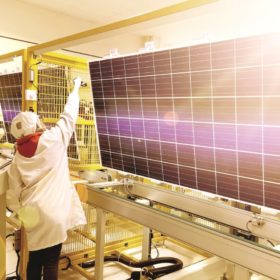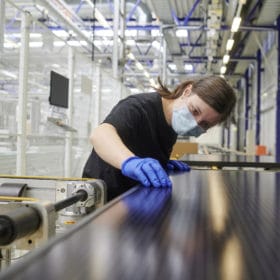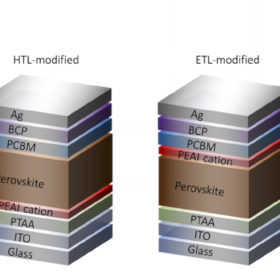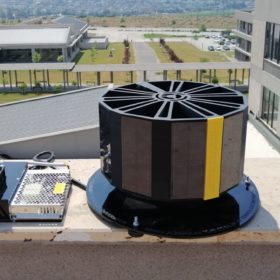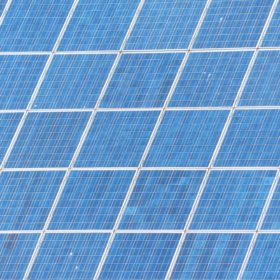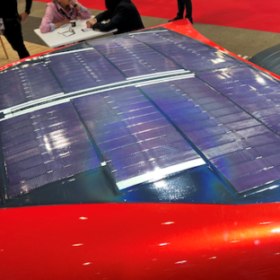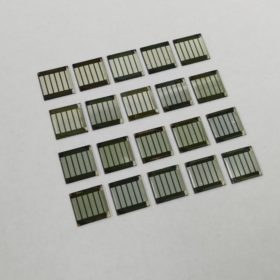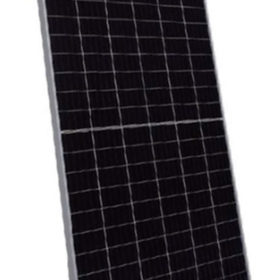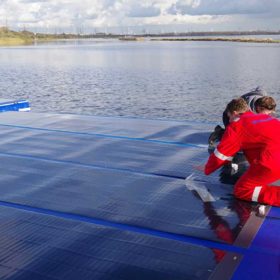Chinese PV Industry Brief: Another manufacturer, Zhonghuan, reduces PV wafer prices
The solar manufacturer has lowered the prices of its PV wafers by up to 12.5%. In other news, Haiyuan Material (HYM) has begun deploying production lines at its 5 GW heterojunction PV module factory.
TSEC plans to raise solar cell, module production capacity to 1.5 GW
The Taiwanese solar manufacturer has raised US$22 million through a private placement of shares and will use the funds to support its solar capacity expansion plans.
Covid-19 forces Meyer Burger to reduce solar module output, increase panel prices for 2022
An above-average employee sickness absence is forcing the Switzerland-based solar panel manufacturer to slow down production until the end of January. Meyer Burger has also informed customers that the prices for its solar modules will rise in the coming year.
Inverted perovskite solar cell with 23.7% efficiency
A German-Italian research team has designed an inverted perovskite solar cell with a short-circuit current of 1.184 V and a remarkable fill factor of 85%. The device was built by modifying its interfaces with large organic cations.
Photovoltaic rotary energy system for domestic applications, high-rise buildings
Developed by scientists in Turkey, a system prototype has operated at lower PV module temperatures and removed most of the dust accumulation. The researchers are now planning to improve the device by applying MPPT converter topologies.
Inventec Solar files for bankruptcy
Taiwanese module manufacturer Inventec Solar has accumulated about $70.2 million of debt.
Your next package delivery could be solar powered
There is still much to debate over the benefits of moving a vehicle via solar, but the market has been getting creative and is evolving quickly.
Dion-Jacobson perovskite solar cell with 18.82% efficiency
Scientists in China have used a fused-thiophene spacer to build a two-dimensional perovskite solar cell. It has an open-circuit voltage of 1.03 V, a short circuit current of 22.38 mA cm2, and a fill factor of 81.64%.
TOPCon solar module tech from Taiwan
Taiwanese solar manufacturer Motech is expanding its TOPCon module capacity to meet rising demand. Its flagship product is a TOPCon 360 W panel with a power conversion efficiency of 21.1%.
CIGS solar panels for offshore PV
A Dutch consortium is testing a 20 kW pilot floating PV installation for offshore applications with CIGS solar modules developed by Swedish manufacturer Midsummer. The panels consist of 144 solar cells and measure 4 m X 1 m, with up to 485 W of capacity.
